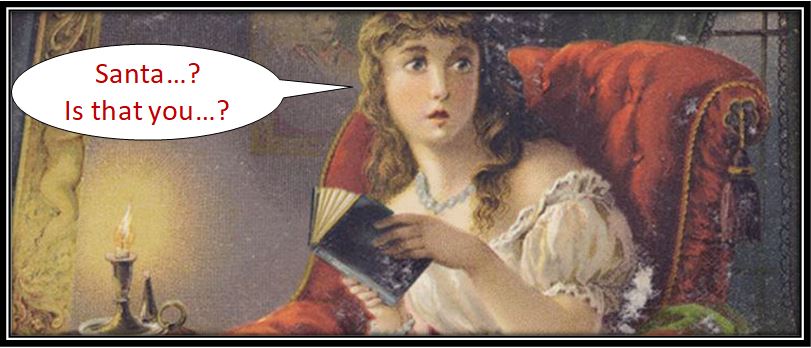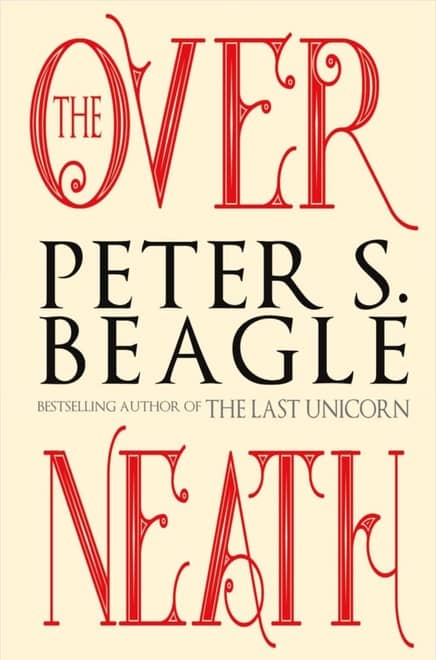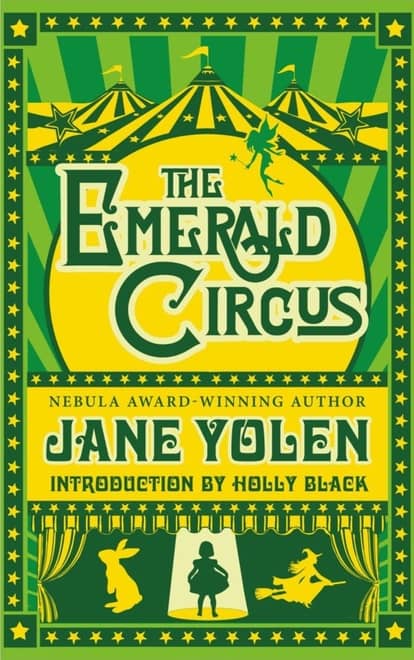A Treasure Trove of Alarums and Excursions
I picked up a collection of SF/fantasy books, magazines and fanzines this past Saturday (December 16), including a bunch of 1970’s-1980’s fantasy roleplaying material. A lot of the RPG stuff was D&D related and was a trip down memory lane. That was particularly true of one of the items.
Back in December 1979, eight of us were packed into a van driving from Buffalo to Apopka, FL (near Orlando) to spend the winter break with my grandparents, who wintered down there. Besides my parents and my sister, my cousins Scott and Jeff were with us, as well as my aunt and uncle. At the time, I was 16, Scott was 17 and Jeff was 12, and we were all completely hooked on D&D, as well as other fantasy games, such as Metagaming’s Melee and Wizard. I suspect our focused and energetic conversations during the 48 hours we spent in the van (round trip) drove the rest of the folks trapped in the van a bit nuts.
While in Orlando, we talked my dad into driving us to a gaming store. There we found three issues of a magazine we’d never heard of before, which I bought immediately — Alarums and Excursions, which was a gaming APA. None of us had any clue what an APA was before coming across these. I remember our reading them on the drive back to Buffalo. One of them was issue #51, and I still have those issues.
In flipping through the gaming material I picked up this past Saturday, I was surprised to find a copy of issue #51 staring back at me, and it brought back the memories of that trip from nearly 40 years ago. In all, there were 73 issues of Alarums and Excursions in the material, ranging from issue #16 to issue #134. Above is a shot of the boxes with them, and below are scans of the covers from a few issues. There was also one issue of another gaming APA, The Wild Hunt, in the mix. It’ll be fun leafing through them!
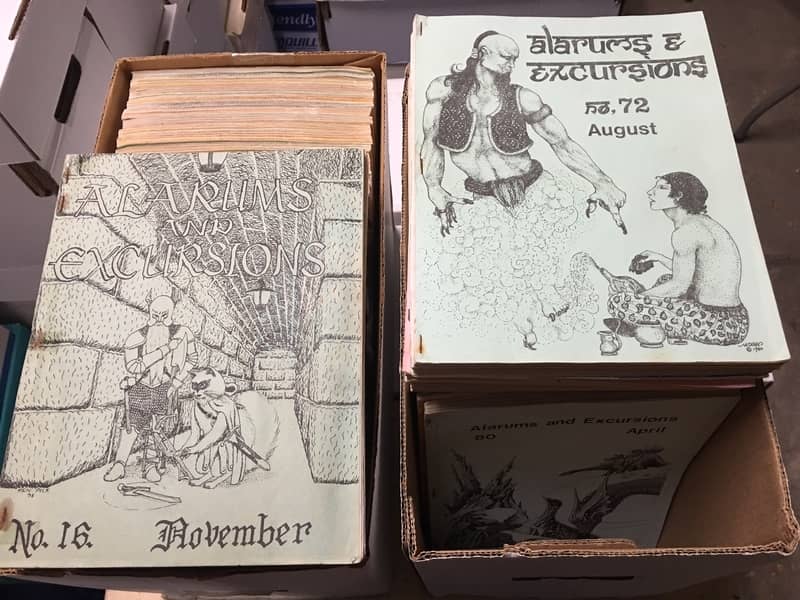
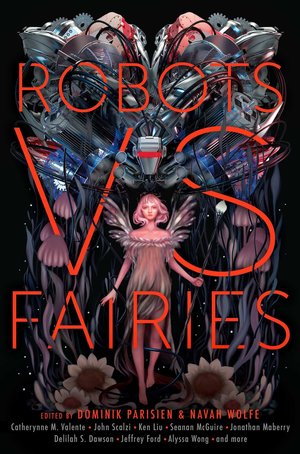

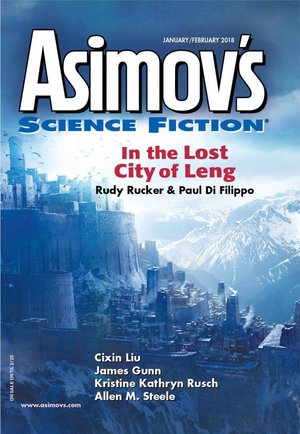
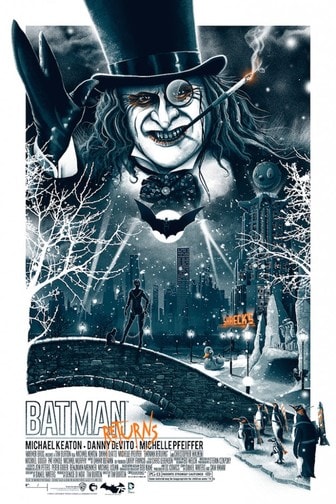

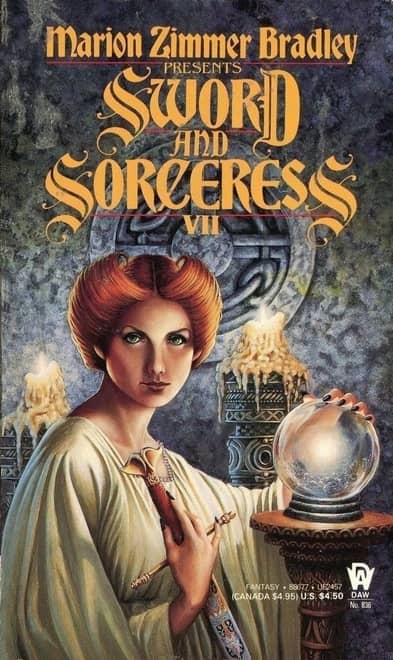
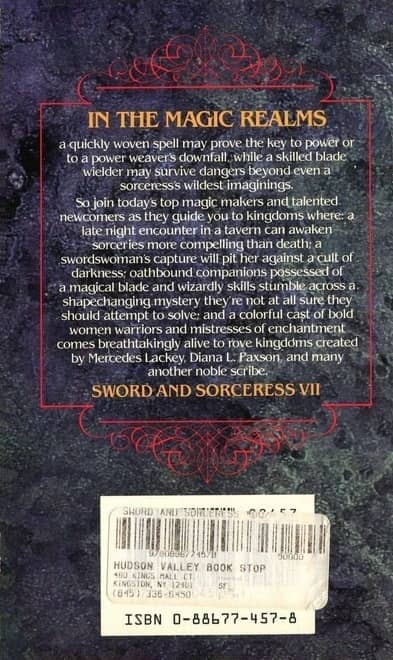
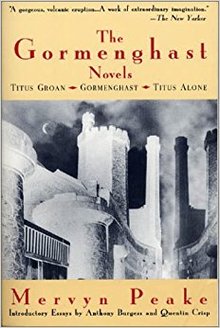 We’re always hearing about using setting as a character , and there’s no doubt that some stories simply can’t be told if they were set somewhere other than the place they’re in. Like, say, the wuthering heights in Wuthering Heights. You know, places that aren’t just somewhere for the characters to be (everyone has to be somewhere) but that in some way inform the whole story, and perhaps the characters as well.
We’re always hearing about using setting as a character , and there’s no doubt that some stories simply can’t be told if they were set somewhere other than the place they’re in. Like, say, the wuthering heights in Wuthering Heights. You know, places that aren’t just somewhere for the characters to be (everyone has to be somewhere) but that in some way inform the whole story, and perhaps the characters as well.